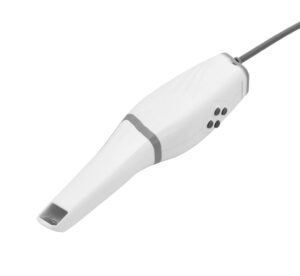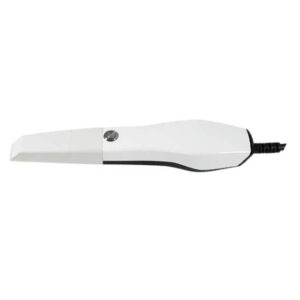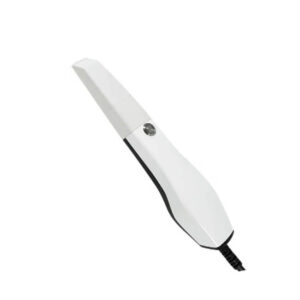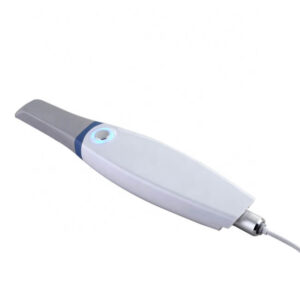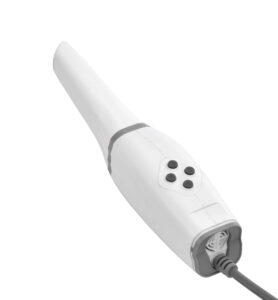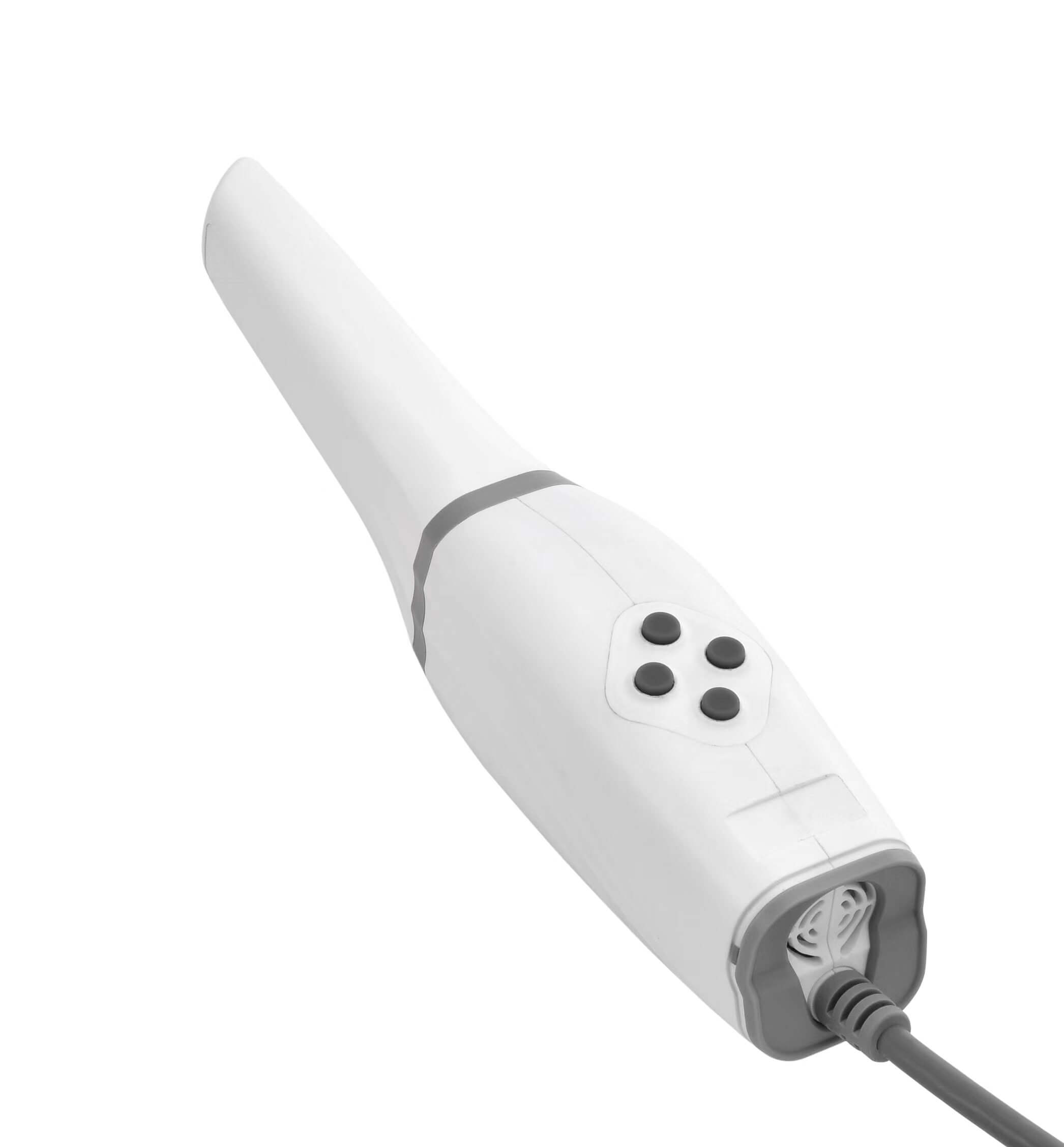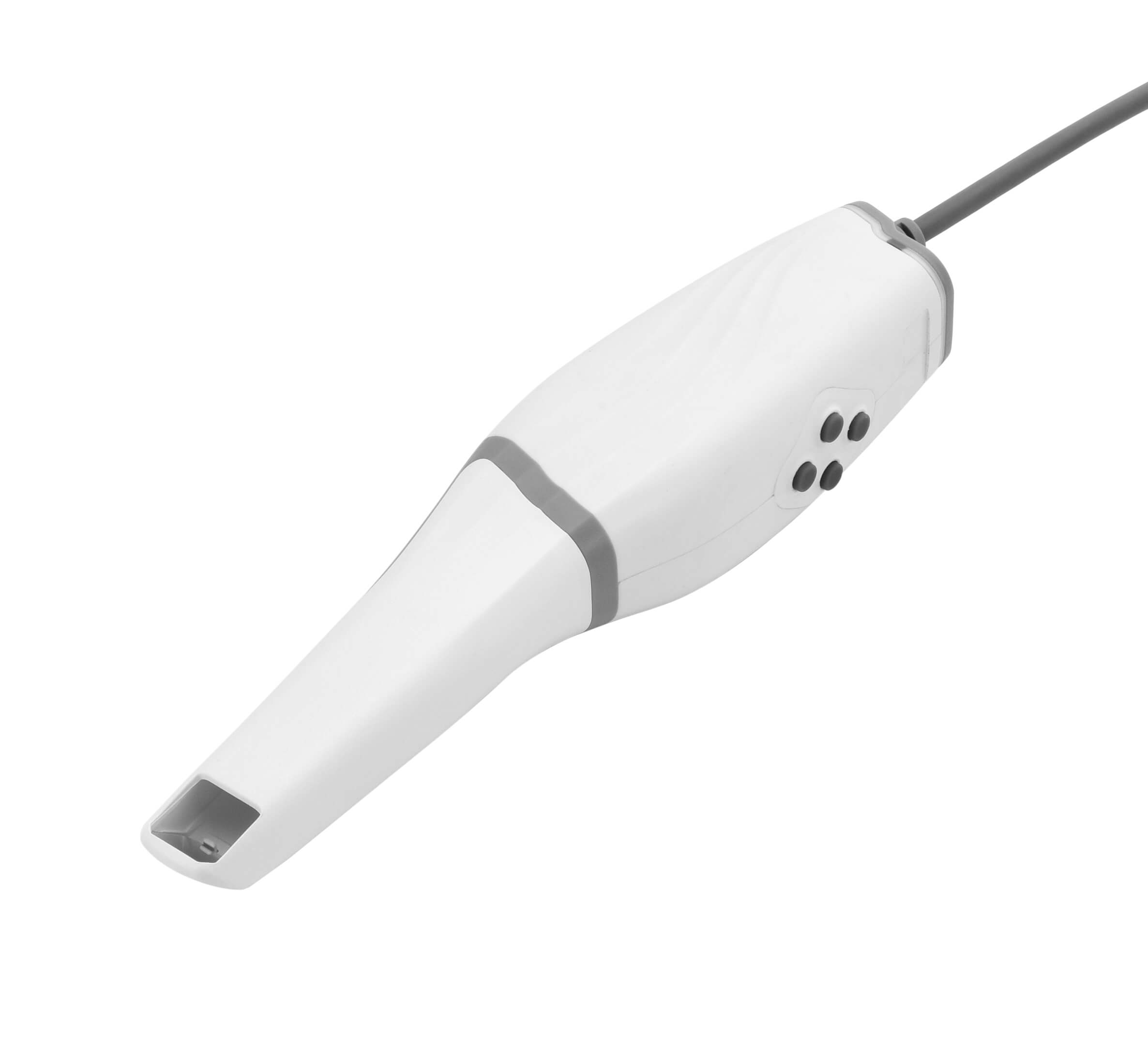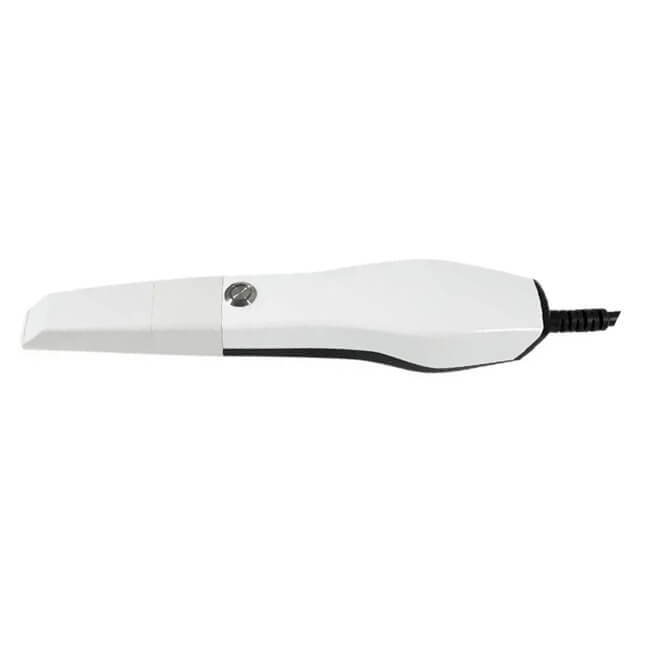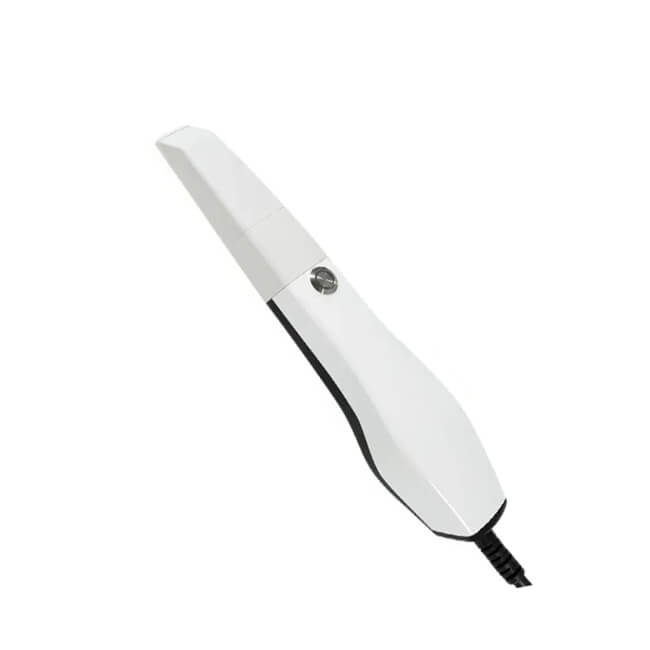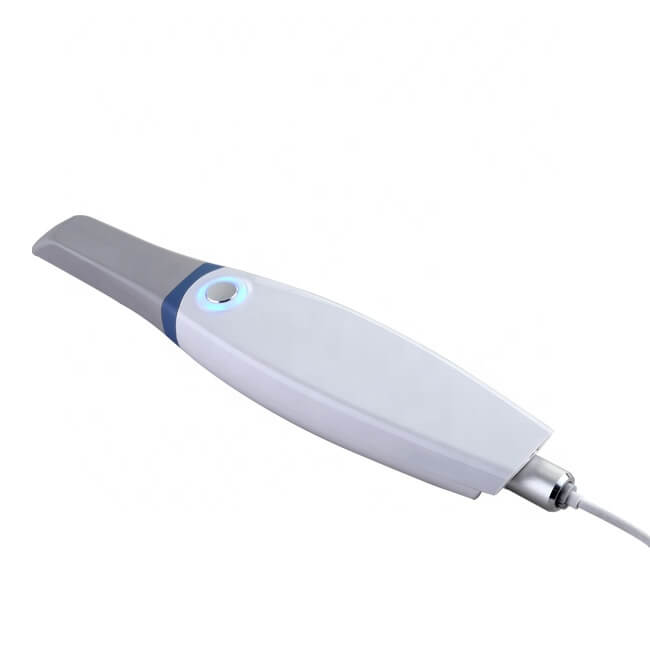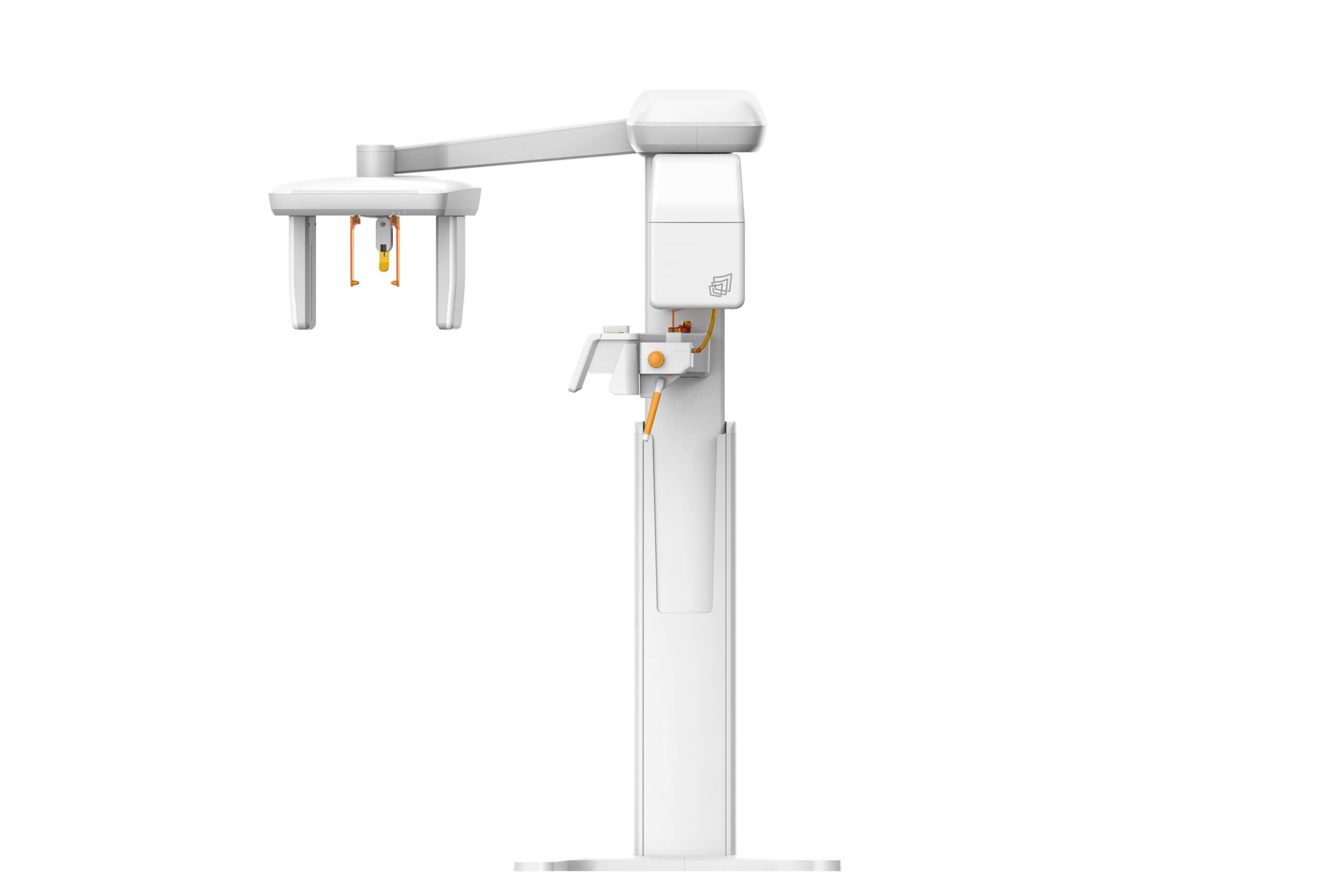Intraoral Scanners China
Your Reliable and Advanced Intraoral Scanners Supplier
When buying an intraoral scanner from China, SourcifyChina stands out for its rigorous vetting process. They ensure that factories meet high-quality standards and are compliant with international regulations, providing peace of mind.
Their strong partnership network allows them to offer competitive pricing without compromising on product quality. This ensures that buyers get reliable scanners at the best rates.
SourcifyChina provides excellent customer support, offering responsive communication throughout the buying process. This builds trust and enhances the overall purchasing experience, making it hassle-free for international clients.
Moreover, their team possesses deep industry expertise, enabling them to offer specialized advice and insights. This helps buyers make informed decisions tailored to their specific needs and requirements.
Lastly, SourcifyChina handles logistics and shipping efficiently. They ensure timely delivery and manage customs paperwork, allowing buyers to focus on other aspects of their business.
-
Intraoral Scanners Dental 3D Manufacturing from China
$6,800.00Original price was: $6,800.00.$4,980.00Current price is: $4,980.00.
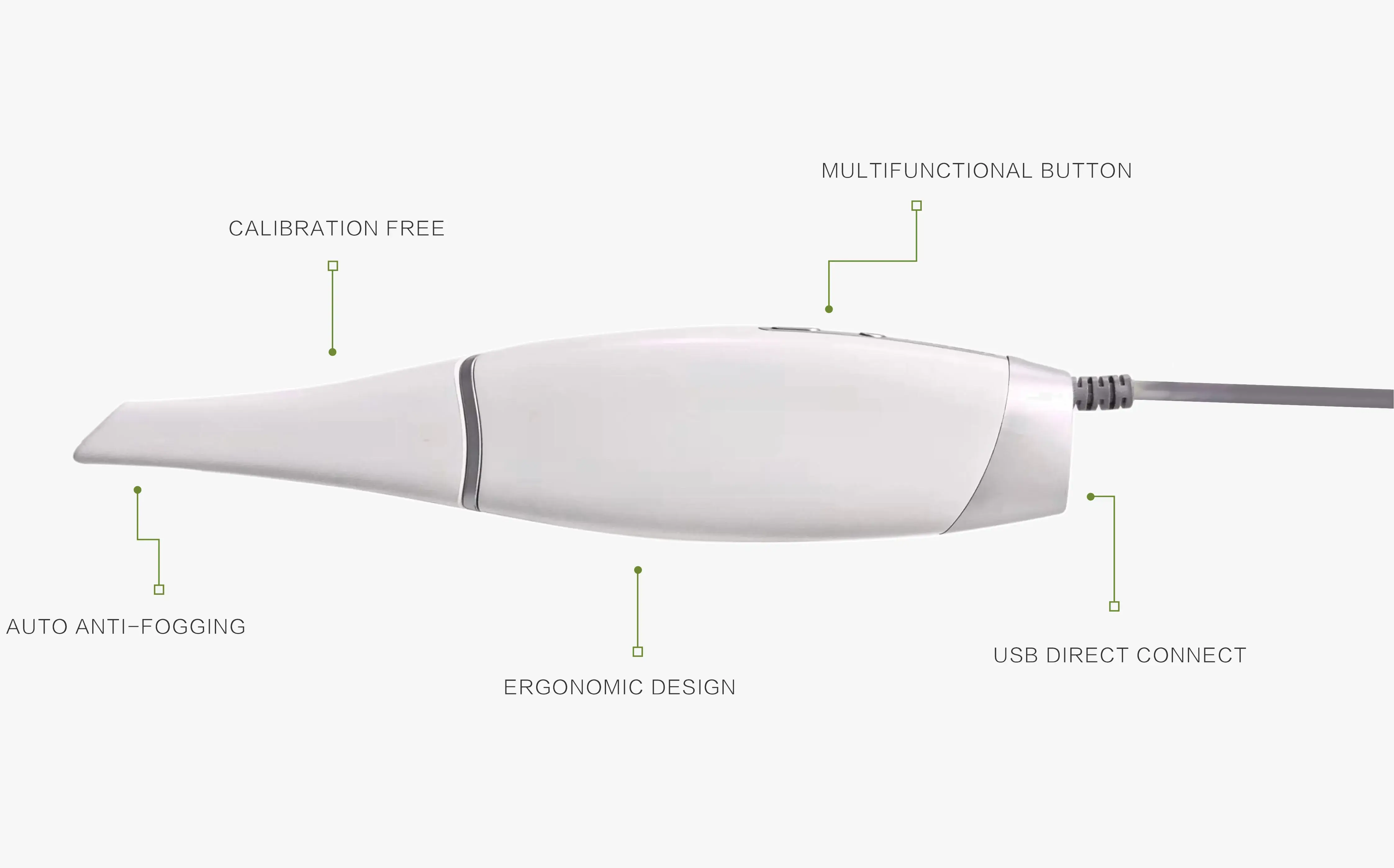
Intraoral Scanner Type Options
Intraoral scanners are digital devices used in dentistry to capture detailed 3D images of the teeth and oral cavity. Various types and options exist, offering benefits like enhanced accuracy and patient comfort.
Types and Options for Intraoral Scanners:
– Handheld Scanners: Lightweight, easily maneuverable devices.
– Wireless Scanners: Offer mobility and ease of use without cable constraints.
– Plug-in Scanners: Require a connection to a computer or dental unit.
– Mobile/Portable Scanners: Compact models designed for on-the-go use, suitable for multiple operatory setups.
– Desktop Scanners: Typically used in dental labs for high precision and detailed imaging.
Key Features to Consider:
– Scanning Speed: Faster scanners increase workflow efficiency.
– Accuracy: High levels of precision to capture minute details.
– Ease of Use: User-friendly interfaces and ergonomic designs.
– Storage and Data Management: Integrated software for storing, managing, and sharing images.
– Compatibility: Must work seamlessly with other dental software and hardware.
Popular Brands and Models:
– 3Shape TRIOS: Known for high accuracy and user-friendliness.
– iTero Element: Offers detailed, real-time 3D color imaging.
– Planmeca Emerald: Features fast scanning and lightweight design.
– Medit i500: Recognized for affordability and reliable performance.
– CEREC Primescan: Ultra-fast and highly precise scanner with seamless integration.
Benefits of Using Intraoral Scanners:
– Improved Patient Comfort: Non-invasive and quicker than traditional impression methods.
– Increased Precision: Enhanced accuracy for better diagnosis and treatment planning.
– Streamlined Workflow: Faster data capture and processing, leading to efficient patient management.
– Digital Integration: Easily integrates with CAD/CAM systems for restorative dentistry.
By understanding the variety and capabilities of intraoral scanners, dental professionals can choose the right model to optimize their practice’s efficiency and patient care.
Intraoral Scanner Application Solution
Intraoral scanners are revolutionizing dental practice by providing quick, accurate digital impressions of a patient’s oral cavity. These devices enhance diagnostic precision, treatment planning, and patient experience.
– Dental Impressions: Create detailed, 3D images of teeth and gums eliminating the need for traditional molds.
– Orthodontics: Monitor tooth movement and create customized aligners and braces.
– Restorative Dentistry: Design crowns, bridges, and implants with high accuracy.
– Patient Records: Maintain comprehensive digital archives for patient records and case studies.
– Prosthodontics: Develop precision dentures and other oral prostheses.
– Pre-Surgical Planning: Facilitate planning for complex dental surgeries with precise models.
– Patient Education: Use visual aids to explain conditions and treatments to patients.
– TeleDentistry: Enable remote consultations and diagnostics with real-time data sharing.
– Laboratories: Streamline communication and workflow between dental practices and labs.
– Minimizing Patient Discomfort: Reduce discomfort and time involved in traditional impression methods.
– Insurance Claims: Provide detailed evidence for faster, smoother insurance claim processing.
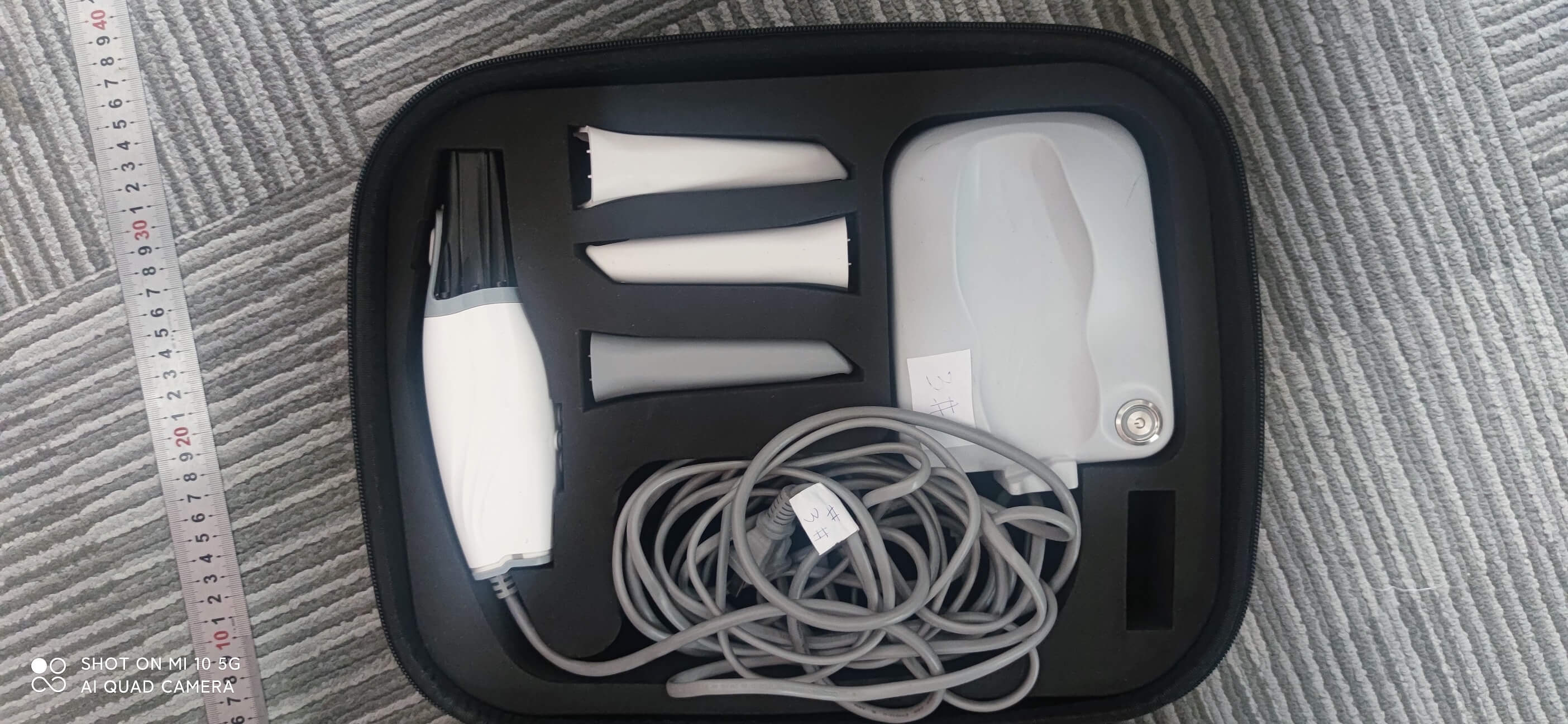
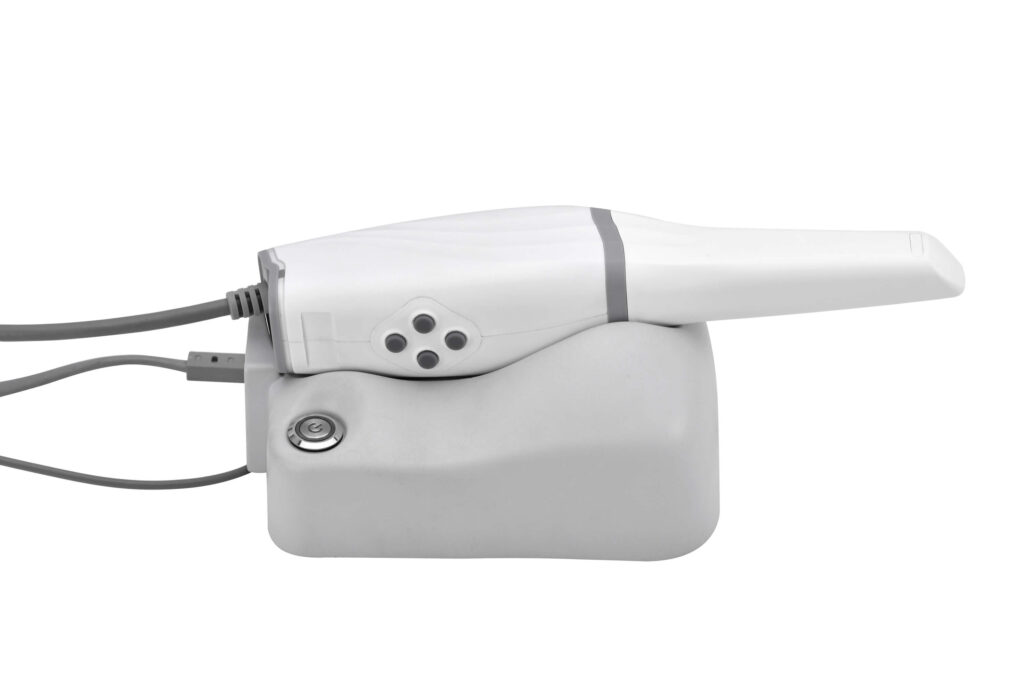
General Dentists
Intraoral scanners have revolutionized the way general dentists approach dental impressions, dramatically enhancing both accuracy and patient comfort. Traditionally, dental impressions involved using alginate or polyvinyl siloxane, substances that could be uncomfortable for patients and sometimes unreliable due to air bubbles or patient movement. In contrast, intraoral scanners use advanced optical technology to create precise digital maps of a patient’s teeth and gingival structures. These devices capture high-resolution images or video, which are then processed into a detailed 3D model. This digital impression can be used for a variety of dental applications including crowns, bridges, orthodontic treatments, and implant planning. The real-time feedback and visualizations provided by intraoral scanners allow for immediate corrections, significantly reducing the need for retakes and improving the overall efficiency of dental procedures.
Moreover, intraoral scanners offer several advantages in terms of workflow integration and patient communication. The digital data collected can be easily shared with dental labs, facilitating quicker turnaround times for restorations and ensuring a better fit and finish of dental appliances. This seamless data exchange reduces the likelihood of errors and enhances the collaborative efforts between dentists and technicians. Additionally, the detailed visual output can be utilized as an educational tool, helping patients understand their dental conditions and proposed treatment plans more comprehensively. This improved communication fosters a higher level of patient engagement and trust. Overall, the adoption of intraoral scanners is a significant advancement in dental practice, offering improved diagnostics, streamlined workflows, and enhanced patient experiences.
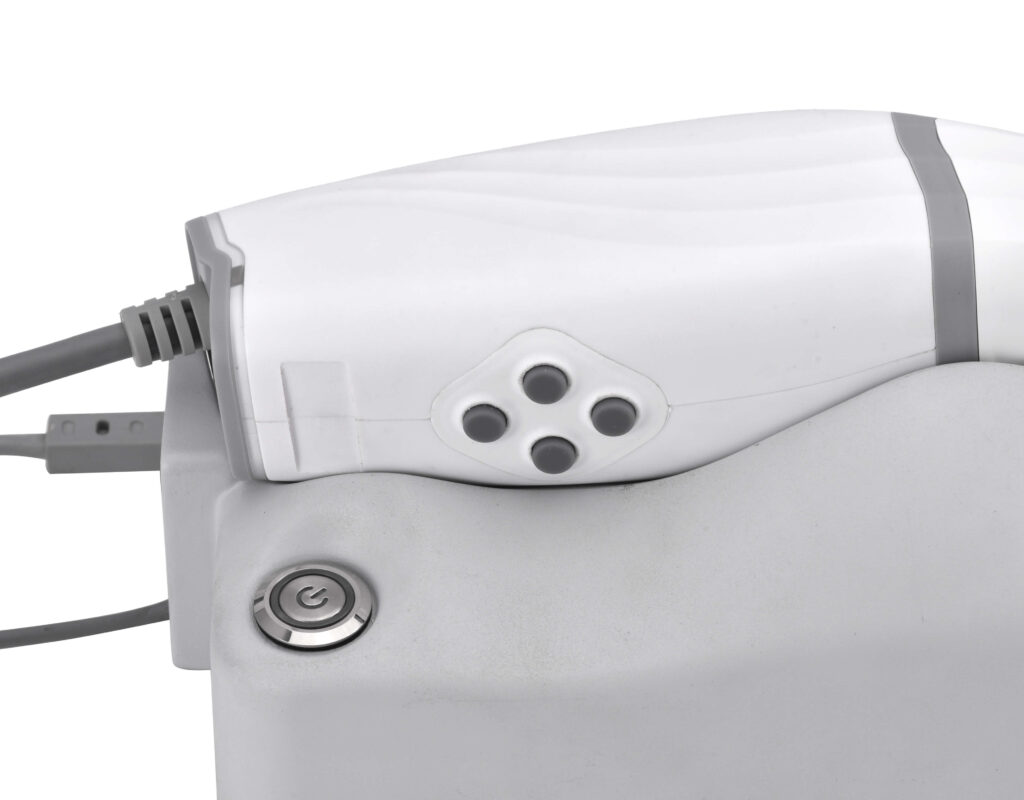
Orthodontists
In the rapidly evolving field of orthodontics, intraoral scanners have emerged as indispensable tools, revolutionizing the way dental practitioners capture accurate images of patients’ oral structures. These digital devices enable orthodontists to obtain highly detailed 3D representations of the teeth, gums, and surrounding tissues, eliminating the need for traditional, uncomfortable dental impressions with impression materials. The precision these scanners offer enhances diagnostic accuracy and significantly improves treatment planning. The high-resolution images serve as a cornerstone for creating customized treatment plans, whether it involves clear aligners, braces, or other orthodontic appliances. Additionally, the digital nature of intraoral scans streamlines communication with dental labs, accelerating the fabrication of orthodontic devices and facilitating better patient outcomes in a shorter time frame.
Moreover, the integration of intraoral scanners into orthodontic practice significantly enhances patient experience and satisfaction. Traditional dental impressions can induce gagging and discomfort, which is particularly distressing for patients with heightened anxiety or sensitive gag reflexes. In contrast, intraoral scanners offer a non-invasive, rapid, and more comfortable alternative, thereby reducing chair time and improving patient compliance. The immediate visualization of the scanned data allows for real-time adjustments, fostering a more interactive and engaging consultation process. Patients can better understand their treatment plans and projected outcomes through clear, 3D visualizations, leading to increased trust and confidence in their orthodontic care. Ultimately, adopting intraoral scanning technology represents a forward-thinking approach that aligns with the modern emphasis on precision, efficiency, and patient-centered care in orthodontics.
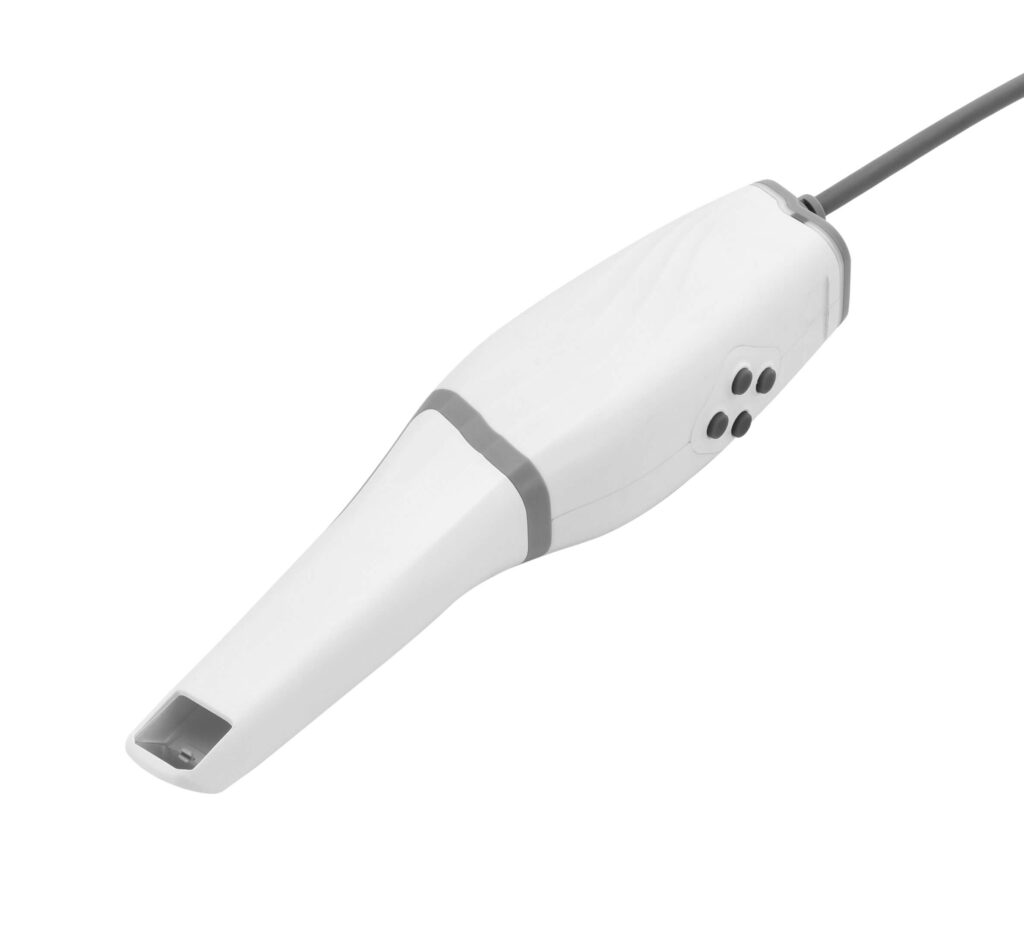
Prosthodontists
Intraoral scanners are revolutionary tools for prosthodontists, offering a significant advancement over traditional impression techniques. These devices employ advanced digital imaging to capture highly precise 3D scans of a patient’s oral cavity, facilitating the creation of accurate dental restorations such as crowns, bridges, veneers, and dentures. The non-invasive nature of intraoral scanning enhances patient comfort, reducing the discomfort typically associated with conventional impression materials. Additionally, the digital scans can be instantly shared with dental labs, thereby streamlining communication and accelerating the fabrication process. This leads to faster turnaround times and optimizes workflows within the dental practice.
Moreover, the accuracy and detail provided by intraoral scanners contribute to the superior fit and function of prosthetic appliances. Prosthodontists can manipulate the digital models to ensure optimal outcomes, potentially reducing the need for adjustments and remakes. The integration of intraoral scanners with CAD/CAM technology furthers the scope of digital dentistry, allowing for the immediate design and milling of restorations. This technology not only saves time but also minimizes errors that can arise from conventional impressions. In essence, intraoral scanners represent a significant leap forward in clinical efficiency and patient satisfaction for prosthodontists, making them indispensable tools in modern dental practices.
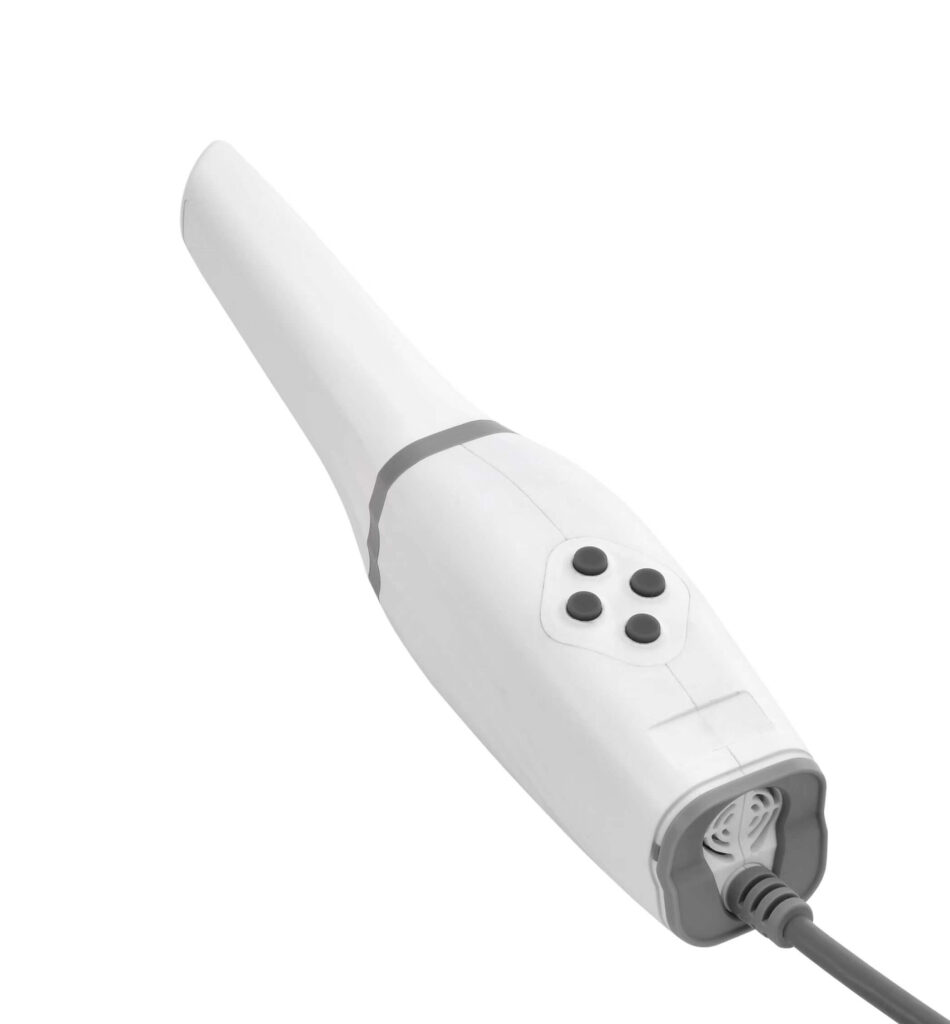
Dental Laboratories
Intraoral scanners have revolutionized the workflow and accuracy of dental laboratories by providing a precise and efficient method for capturing detailed digital impressions of patients’ oral anatomy. These advanced devices use optical scanning technology to create highly accurate 3D digital representations of the teeth and gums, eliminating the need for traditional, often uncomfortable, impression materials. For dental technicians, this means a significant reduction in the margin of error that can occur with manual impressions, leading to more consistent and reliable results. The streamlined digital workflow also enhances communication between the dental clinic and the laboratory, ensuring that custom prosthetics, crowns, and aligners are crafted to the exact specifications required for each individual case.
Moreover, the adoption of intraoral scanners in dental laboratories has greatly expedited the production process. Digital impressions can be instantly shared and reviewed, drastically reducing the turnaround time from impression to final product. This efficiency not only benefits the dental professionals but also improves patient satisfaction by shortening the wait times for dental appliances and treatments. Additionally, the digital data can be stored and retrieved easily, allowing for ongoing tracking and reference for future dental work. As the technology continues to advance, intraoral scanners are becoming more user-friendly and accessible, further integrating into the everyday operations of dental laboratories and progressively setting new standards in dental care.
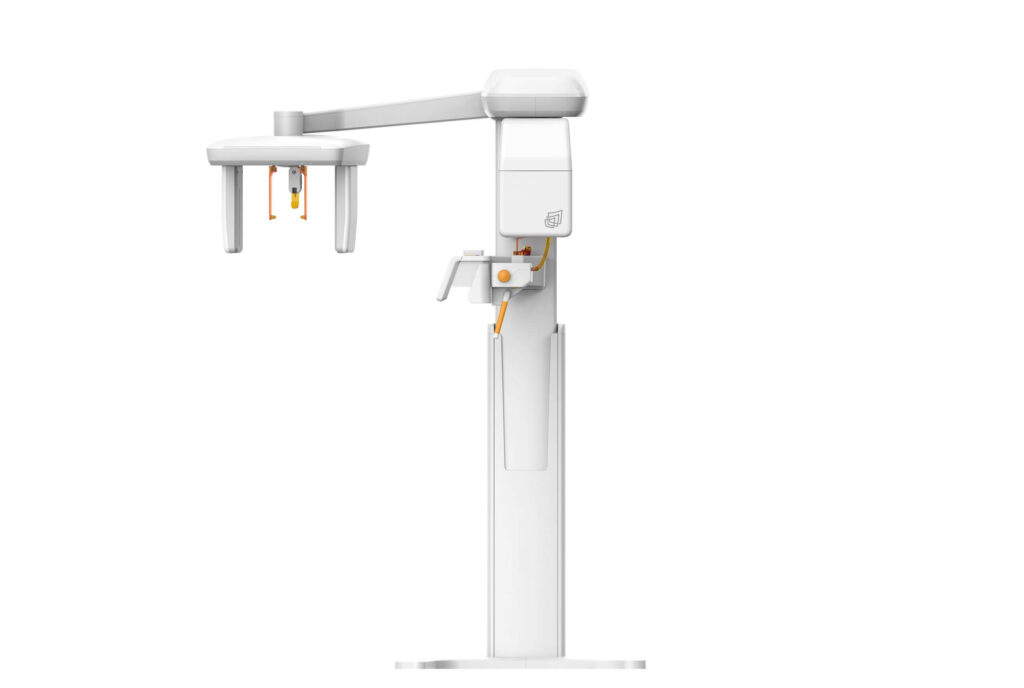
Pediatric Dentists
Intraoral scanners have revolutionized pediatric dentistry by providing a more comfortable and efficient means of capturing dental impressions. Traditionally, taking dental impressions required the use of molds, which many children found uncomfortable and invasive. The intraoral scanner, however, employs advanced imaging technology to create precise digital impressions of teeth and soft tissues quickly. This method is not only faster but also minimizes the gag reflex and anxiety often experienced by young patients. By eliminating the need for physical impressions, pediatric dentists can create digital models that can be seamlessly integrated into treatment planning and digital workflows, enhancing the accuracy and quality of dental restorations and orthodontic appliances.
Moreover, the use of intraoral scanners in pediatric dentistry fosters a more engaging and educational experience for children. Many intraoral scanners come equipped with visual displays that allow patients to see real-time images of their own teeth, making the dental visit more interactive and less intimidating. This visual engagement can help build a child’s understanding and interest in oral health, promoting better hygiene habits. Additionally, the digital data captured by the scanner can be easily stored and accessed for future reference, continuity of care, and detailed monitoring of dental development. As a result, intraoral scanners not only enhance the clinical efficiency and accuracy but also contribute to a more positive and proactive approach to pediatric dental care.
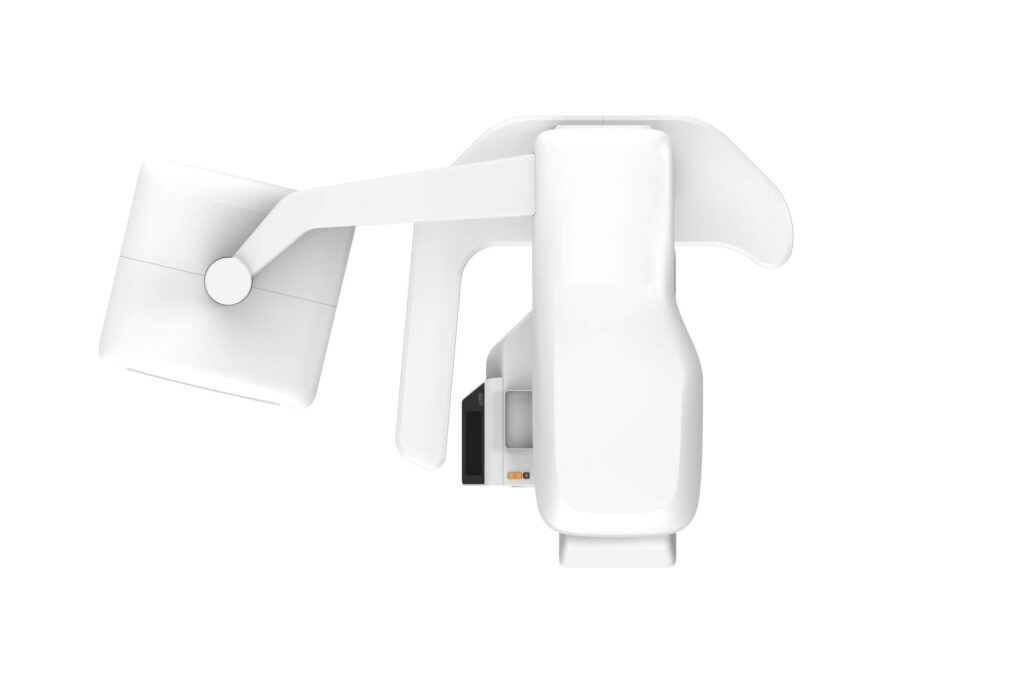
Educational Institutions
Intraoral scanners represent a leap forward in dental technology, serving as invaluable tools for educational institutions that specialize in dentistry. These sophisticated devices use advanced optical technology to create highly accurate digital impressions of a patient’s oral cavity. Unlike traditional methods that involve taking physical molds, which can be uncomfortable for patients and less precise, intraoral scanners offer a more efficient and patient-friendly alternative. The real-time 3D imaging capabilities of these scanners enable dental students to achieve a higher level of accuracy in their work, promoting a deeper understanding of oral anatomy and pathology. Through hands-on experience with intraoral scanners, students can significantly enhance their diagnostic and procedural skills, better preparing them for their future careers in dentistry.
For educational institutions, incorporating intraoral scanners into the curriculum also means staying updated with the latest advancements in dental technology. This ensures that graduates are proficient in contemporary practices and are highly competitive in the job market. Additionally, the use of intraoral scanners can streamline the workflow in dental training clinics, allowing for a more efficient educational process. Digital impressions can be easily stored, shared, and analyzed, facilitating collaborative learning and remote consultations with experts. This technology also aligns with the growing emphasis on digital dentistry, equipping students with crucial skills for modern dental practices. Moreover, educational demonstrations using intraoral scanners can captivate students’ interest, fostering a more engaging and interactive learning environment.

Intraoral Scanner Material
The “SourcifyChina intraoral scanner” boasts advanced materials that ensure high performance and durability. One of the primary elements is medical-grade plastic, offering a lightweight yet robust casing that withstands daily use in dental clinics.
This device also features precision-engineered optical components, including high-quality glass lenses, ensuring accurate capture of dental structures. These materials are resistant to scratch and wear, prolonging the scanner’s lifespan and maintaining image clarity.
Additionally, the intraoral scanner incorporates ergonomic materials such as non-slip silicone grips, providing dentists with comfort and control during procedures. The smooth, seamless surfaces also help in regular cleaning and sterilization processes.
Internal components utilize cutting-edge electronics and durable circuit boards, designed to handle the high processing demands of 3D imaging. These internal parts are crafted from reliable and heat-dissipating materials, ensuring consistent performance.
In essence, the material composition of the SourcifyChina intraoral scanner reflects a meticulous balance of usability, durability, and precision, making it an invaluable tool in modern dentistry practices.
Quality Control Manufacturing Process
The quality control manufacturing process for the SourcifyChina intraoral scanner begins with selecting high-grade materials. Each component undergoes rigorous testing to ensure durability and precision.
Once the materials are approved, they proceed to the assembly line. Technicians meticulously assemble the intraoral scanners, following detailed guidelines to maintain consistency and accuracy in each unit.
During assembly, each scanner is subjected to multiple quality checks. Advanced sensors and software are used to detect any defects, ensuring that only flawless products move forward.
After assembly, thorough calibration procedures are performed. Each intraoral scanner is fine-tuned to deliver precise and reliable readings, meeting the stringent requirements of dental professionals.
Post-calibration, the scanners undergo a final inspection. Expert inspectors assess the devices for any discrepancies, guaranteeing each unit’s compliance with international quality standards before packaging.
Packaging involves protective measures to maintain the scanner’s integrity during shipment. Each device is securely packed with detailed user manuals and necessary accessories to ensure a complete and user-friendly experience.
Ultimately, the comprehensive quality control process ensures that each SourcifyChina intraoral scanner delivers exceptional performance and reliability. By adhering to rigorous standards at every stage, SourcifyChina commits to providing top-tier dental technology to professionals worldwide.

Why Choose Intraoral Scanner Capabilities
The SourcifyChina intraoral scanner stands out for its precision and efficiency in dental imaging. This advanced device captures high-resolution 3D images, ensuring accurate and detailed representations of a patient’s oral cavity.
Another key feature is its user-friendly interface, making it accessible for dental professionals with varied levels of technological proficiency. The seamless design aids in quick learning and easy handling, which boosts productivity.
Additionally, the scanner integrates seamlessly with various dental CAD/CAM systems, streamlining the workflow from scanning to final restoration. This compatibility makes it a versatile choice for dental clinics focusing on high-quality patient care.
Moreover, patient comfort is significantly enhanced due to its ergonomic and lightweight design. The scanner minimizes the time required for scanning, reducing patient discomfort and ensuring a better overall experience.
In conclusion, the SourcifyChina intraoral scanner offers comprehensive capabilities that blend precision, ease of use, and seamless integration. These features collectively contribute to improved diagnostic accuracy and heightened patient satisfaction, making it an essential tool in modern dental practice.
Intraoral Scanner FAQ Tips
Product Manufacturing FAQ
FAQ for Manufacturing Intraoral Scanner Quality Work from SourcifyChina Factory
What materials are used in manufacturing intraoral scanners at SourcifyChina?
We utilize high-quality, medical-grade materials that are biocompatible and meet international safety standards. These materials ensure durability and precision while being safe for dental applications.
How does SourcifyChina ensure the precision of intraoral scanners?
We employ state-of-the-art machinery and stringent quality control processes. Each scanner undergoes multiple calibration and validation tests to ensure high accuracy and performance.
What quality certifications does SourcifyChina have?
Our factory holds ISO 13485 certification, which pertains to medical devices. We also comply with CE and FDA regulations, guaranteeing our products meet international quality and safety standards.
Can SourcifyChina handle custom designs for intraoral scanners?
Absolutely. We offer custom manufacturing solutions, including design adjustments to meet client specifications. Our experienced R&D team will work with you closely to bring your vision to life.
What is the average lead time for manufacturing and delivery?
The lead time varies depending on the order volume and specific requirements. Typically, it ranges from 4 to 8 weeks. Our team will provide a more accurate timeline upon receiving your project details.
Do you provide after-sales support?
Yes, we offer comprehensive after-sales support, including technical assistance and warranty services. Our customer support team is available to address any issues or questions you may have.
What is the minimum order quantity (MOQ)?
The MOQ depends on the specific project requirements. Generally, we have a flexible MOQ policy to accommodate both small and large orders. Please contact us for detailed information.
Are your intraoral scanners compatible with existing dental software?
Yes, our scanners are designed to integrate seamlessly with most leading dental software platforms, facilitating ease of use and smoother workflows for dental professionals.
Conclusion
With high-quality materials, stringent QA processes, and comprehensive support services, SourcifyChina ensures top-tier manufacturing for intraoral scanners tailored to your needs. For more information, feel free to contact us.
Product Manufacturing Tips
When considering intraoral scanner manufacturing from SourcifyChina factory, here are some essential tips to ensure a smooth process and high-quality output:
1. Research and Verification:
– Verify SourcifyChina’s credentials, certifications, and quality management systems.
– Request client references or case studies.
– Check their experience with dental equipment, particularly intraoral scanners.
2. Technical Specifications:
– Clearly outline technical specifications and standards you require.
– Ensure the factory has the capability to meet these standards, including materials, precision, and technology.
3. Prototyping and Testing:
– Insist on prototyping before mass production to evaluate design, functionality, and quality.
– Conduct thorough testing of samples to identify any flaws or areas for improvement.
4. Quality Control:
– Establish stringent quality control measures and agree on inspection protocols.
– Consider employing third-party QA/QC services for objective oversight.
5. Communication and Project Management:
– Maintain open and consistent communication with the factory’s project managers.
– Use project management tools to keep track of production schedules, milestones, and deadlines.
6. Intellectual Property (IP) Protection:
– Secure your IP with non-disclosure agreements and clear contracts.
– Be aware of the local IP laws and seek legal counsel if needed.
7. Cost and Payment Terms:
– Understand the full costing, including any hidden fees.
– Negotiate favorable payment terms, potentially starting with a small deposit and staggered payments upon milestones.
8. Logistics:
– Plan and discuss logistics, including shipping, customs, and delivery timelines.
– Ensure packaging is robust to protect delicate equipment like intraoral scanners.
By taking these steps, you can enhance the probability of successful intraoral scanner manufacturing with SourcifyChina factory.
Sourcing FAQ
FAQ for Sourcing Intraoral Scanner from SourcifyChina Factory
Q1: What is the minimum order quantity (MOQ) for intraoral scanners?
A1: The MOQ for intraoral scanners from SourcifyChina Factory is typically 50 units. However, this can be negotiated based on your specific needs and order frequency.
Q2: What is the lead time for production and delivery?
A2: The standard lead time for production is around 6-8 weeks after order confirmation and payment. Delivery time varies based on shipping method but generally takes an additional 1-3 weeks.
Q3: Can you provide customization options for the intraoral scanners?
A3: Yes, we offer customization options including branding, color, and specific software configurations. Please discuss your requirements with our sales team for detailed information and quotes.
Q4: What certifications do your intraoral scanners have?
A4: Our intraoral scanners are certified with CE, FDA, and ISO13485, ensuring they meet international standards for quality and safety.
Q5: What payment methods are accepted?
A5: We accept various payment methods including T/T (Telegraphic Transfer), L/C (Letter of Credit), and PayPal for smaller orders. Payment terms are usually 30% deposit and 70% balance before shipment.
Q6: Do you provide after-sales support and warranty?
A6: Yes, we offer a 1-year warranty on all intraoral scanners. Our support team is available to assist with any technical issues, training, or maintenance needs.
Q7: Can I visit your factory to inspect the production process?
A7: Absolutely! We welcome factory visits. Please schedule an appointment with us, and we will make the necessary arrangements for your visit.
Q8: Are samples available before placing a bulk order?
A8: Yes, samples are available. We charge for the sample and shipping, but this cost is refundable upon placing a bulk order.
Q9: How do you ensure the quality of your intraoral scanners?
A9: We utilize rigorous quality control procedures at every stage of production, from raw material procurement to final product testing. Each scanner undergoes multiple tests to ensure it meets all specifications and standards.
Q10: What is the procedure for placing an order?
Sourcing Tips
Sourcing an intraoral scanner from a factory via SourcifyChina requires careful planning and execution. Here are some tips to streamline the process:
1. Define Specifications:
Clearly outline the technical specifications, quality standards, and any certifications required for the intraoral scanners.
2. Use Sourcify’s Platform:
Utilize SourcifyChina’s platform to access a curated list of suppliers. Their pre-vetted network can save time and ensure reliability.
3. Vet the Supplier:
Examine the factory’s certifications, production capabilities, and compliance with international standards. Request case studies or client references.
4. Request Samples:
Before making a bulk order, ask for product samples to inspect quality. Ensure these samples match your outlined specifications.
5. Negotiate Terms:
Discuss and negotiate terms regarding pricing, delivery timelines, minimum order quantities, payment terms, and warranty conditions.
6. Quality Assurance:
Implement rigorous quality assurance processes. Consider third-party inspections to monitor production quality.
7. Logistics:
Plan the logistics carefully. Work with reliable shipping partners and understand import regulations, taxes, and duties in your country.
8. Protect Intellectual Property:
Ensure agreements protect your intellectual property to prevent unauthorized reproductions of your product design.
9. Communication:
Maintain clear and constant communication with the supplier. Regular updates help in tracking production progress and addressing issues promptly.
10. Build Relationships:
Cultivate a strong relationship with your supplier. Long-term partnerships can lead to better deals, trust, and improved product quality.
By following these tips, you can effectively source high-quality intraoral scanners from SourcifyChina, ensuring your business needs are met with professionalism and efficiency.

